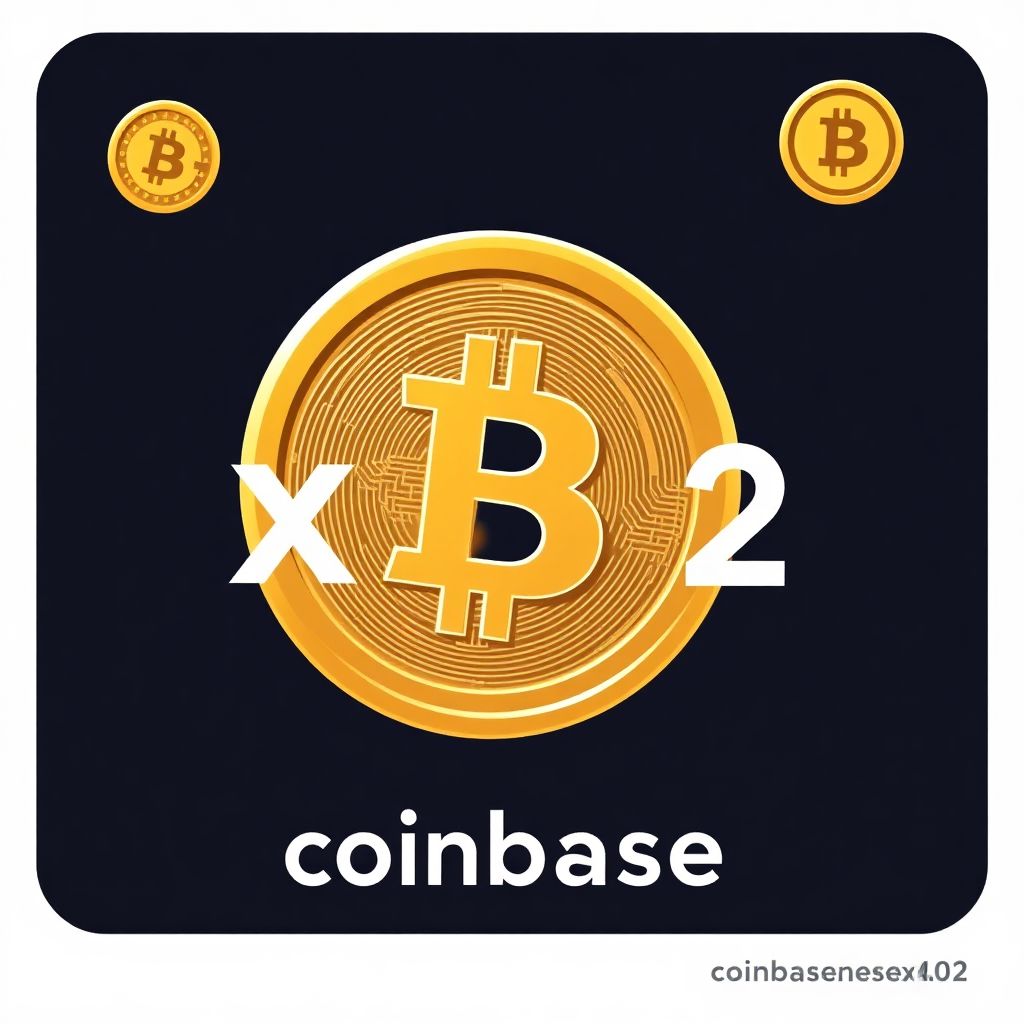Coinbase’s innovative x402 protocol, designed to facilitate seamless stablecoin transactions between humans and AI agents over the internet, has experienced a staggering surge in activity — ballooning by over 10,000% in just one month. This technological leap not only marks a pivotal moment for digital payments but also signals a broader transformation in how autonomous agents interact with online services.
Initially introduced in May, x402 revives the once-unused HTTP 402 status code — originally intended for “Payment Required” prompts — and integrates it directly into internet architecture. With this implementation, users or AI agents attempting to access paid services online receive a 402 response, prompting them to initiate a stablecoin payment. Once the payment is verified by the x402 protocol, access is granted, eliminating the need for traditional payment mechanisms like credit cards.
According to recent analytics from Dune, transaction activity via x402 skyrocketed between October 14 and 20, with nearly 500,000 transactions recorded — representing a 10,780% increase compared to figures from just four weeks prior. Activity peaked further with a single-day record of 239,505 transactions, while Thursday saw a transaction volume totaling $332,000.
This explosive growth has caught the attention of major industry players. CoinGecko, a leading crypto market aggregator, has now categorized x402 tokens as a distinct ecosystem. The combined market capitalization of tokens built on the x402 framework has surged to nearly $180 million, reflecting a 266% increase in a single day.
The excitement surrounding x402 also coincides with rising interest in agentic AI — a concept highlighted in a16z Crypto’s 2025 State of Crypto report. The report forecasts that by 2030, autonomous transactions executed by AI agents could surpass $30 trillion in volume. These AIs, operating without human oversight, are expected to handle everything from data storage payments to managing expenses for autonomous vehicles — all utilizing stablecoins.
Coinbase developers Kevin Leffew and Lincoln Murr emphasized in August that removing human involvement from tasks such as API management and computational resource allocation could unlock a new era of autonomous digital behavior. They envision applications like self-driving taxis autonomously covering tolls and fuel costs, or decentralized apps automatically renewing hosting services — all powered by stablecoin payments via x402.
Ethereum has emerged as the ideal blockchain backbone for x402, thanks to its decentralized and trustless settlement layer. According to Leffew and Murr, Ethereum’s architecture allows for atomic payments, programmable policies, and composable wallets — all crucial features for enabling seamless AI-driven transactions. It also streamlines invoice processing and minimizes the complexity of dispute resolutions compared to conventional financial systems.
Beyond utility, x402 is also fueling a new wave of crypto experimentation. Developers are leveraging the protocol to launch tokens — particularly meme coins — that can be autonomously transacted and managed. This has led to a burst of creative token launches, many of which are gaining traction in decentralized trading ecosystems.
The protocol’s design aligns with the ongoing evolution of the internet into a more transactional and interactive environment. By embedding payment logic directly into HTTP responses, x402 brings financial interactions closer to the core fabric of web communication. This stands in stark contrast to the current system, which often requires redirecting users through third-party payment gateways, increasing friction and the risk of fraud.
Moreover, x402’s integration with AI agents suggests a future where machines can independently access, pay for, and utilize digital resources. This capability could revolutionize industries such as logistics, entertainment, and cloud computing. For example, an AI could purchase real-time weather data to optimize shipping routes, or subscribe to video rendering services for content generation — all without human input.
As the infrastructure for these autonomous systems matures, challenges around compliance, identity verification, and transaction monitoring are expected to emerge. However, supporters argue that programmable policy layers and smart contract logic can provide built-in regulatory tools, preserving transparency and security while maintaining autonomy.
The implications of this technology extend beyond payments. It lays the groundwork for a machine-to-machine economy, where decentralized agents dynamically negotiate, transact, and collaborate in real time. Such an economy would not only increase efficiency but also introduce new business models and revenue streams, especially as AI continues to evolve.
In summary, the meteoric rise of x402 transactions is more than a statistical anomaly — it reflects a significant shift in how payments, automation, and AI are converging. By embedding financial transactions directly into the web’s infrastructure, Coinbase’s x402 protocol could become a cornerstone of the next-generation internet, where autonomous agents are not just participants but primary actors in the digital economy.

